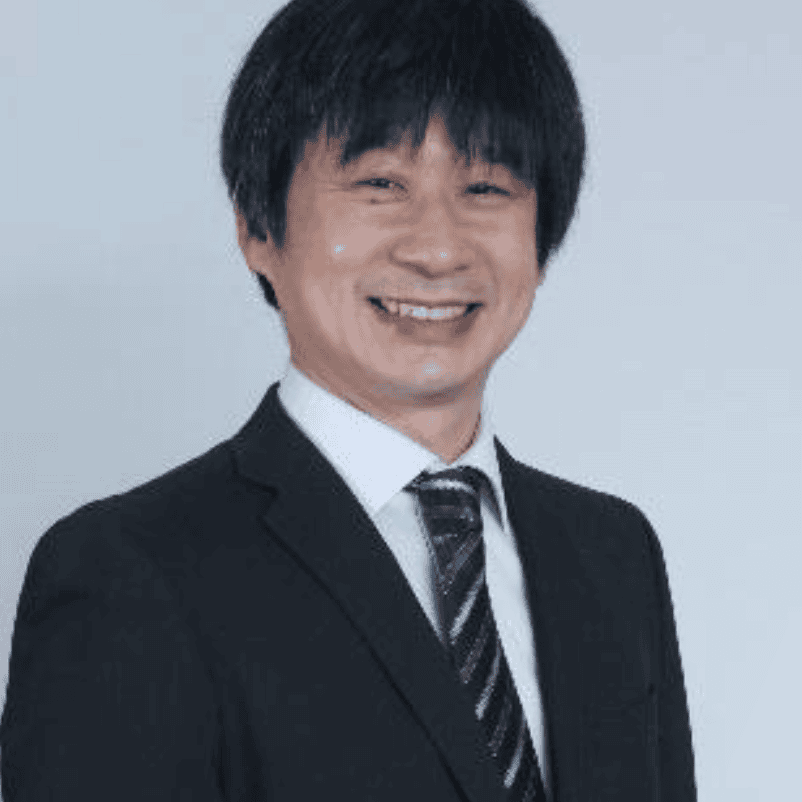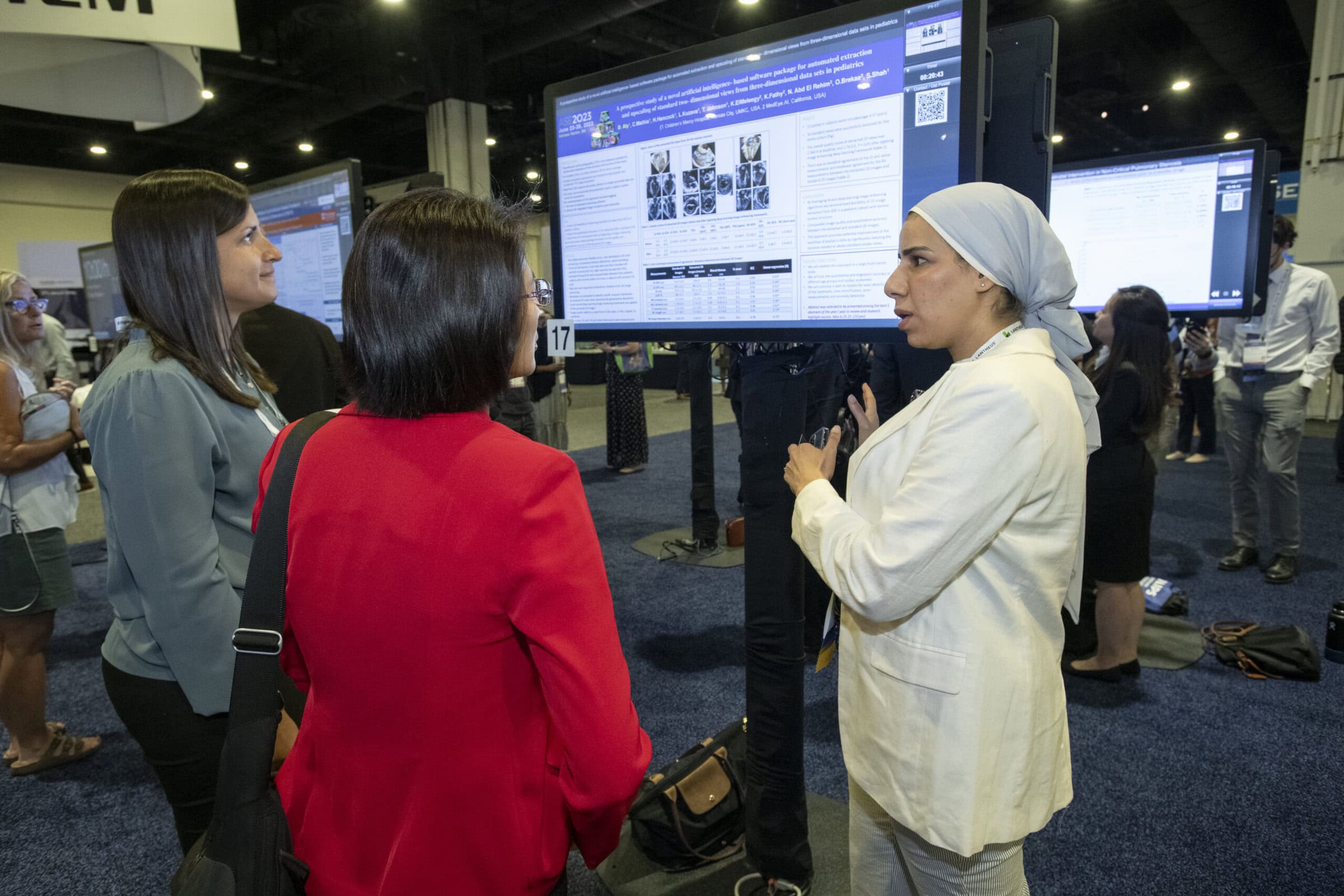The ASE Foundation has awarded over $4.5 million in research grant funding supporting more than 80 research projects since its inception in 2003.

Since 2023, the Foundation has awarded 7 EDGES grants for a total of $175,000.
Application for the 2025 EDGES Grant is OPEN. Application information available here.

Since 2021, the ASE Foundation has awarded $150,000 in Pamela S. Douglas, MD, FASE Research Scholar Awards.
Application for the 2026 Pamela S. Douglas, MD, FASE Research Scholar Award will open later this year. Application information available here.
"I am deeply grateful and excited to receive the Pamela S. Douglas, MD, FASE Research Scholar Award. It will advance my career growth as an independent investigator conducting impactful echocardiography-based research. It provides an opportunity to connect advanced echocardiographic technology with physiology to find innovative solutions for reducing mitral valve regurgitation and heart failure in patients with cardiac dysfunction."

Yasufumi Nagata, MD, PhD
2021 Pamela S. Douglas, MD, FASE Research Scholar Award
2023
ASE and the ASE Foundation awarded $1.1 million in grant funding aimed at improving care for patients suffering from severe valvular heart disease (VHD). Funding support for this grant was provided by Edwards Lifesciences.
2021
The ASE Foundation awarded two grants of $45,000 each for meritorious echocardiographic research proposals relevant to the innovation of cardiovascular ultrasound.
2019
The ASE Foundation offered three E21 Awards up to $200,000 each in partnership with the American Institute of Ultrasound in Medicine, the National Board of Echocardiography, Inc., Bracco, Inc., and Lantheus Medical Imaging, Inc. This program provided funding for three clinician-engineer partnerships to solve relevant clinical problems in cardiovascular ultrasound.
2016
The ASE Foundation supported the launch of the WASE Normal Values Study and in 2020 the WASE-COVID Study, along with in-kind support from MedStar Health Research Institute, University of Chicago, Medidata, TOMTEC Imaging Systems, and Ultromics. 3D and 2D echocardiograms were acquired from over 2,800 subjects in 17 countries.
2014
The ASE Foundation awarded a $200,000 multi-year "Value Grant" targeting fusion imaging.
2003 – 2013
The ASE Foundation awarded $960,000 in Career Development Awards, supporting 32 physicians and scientists just beginning their career in academic echocardiography.

